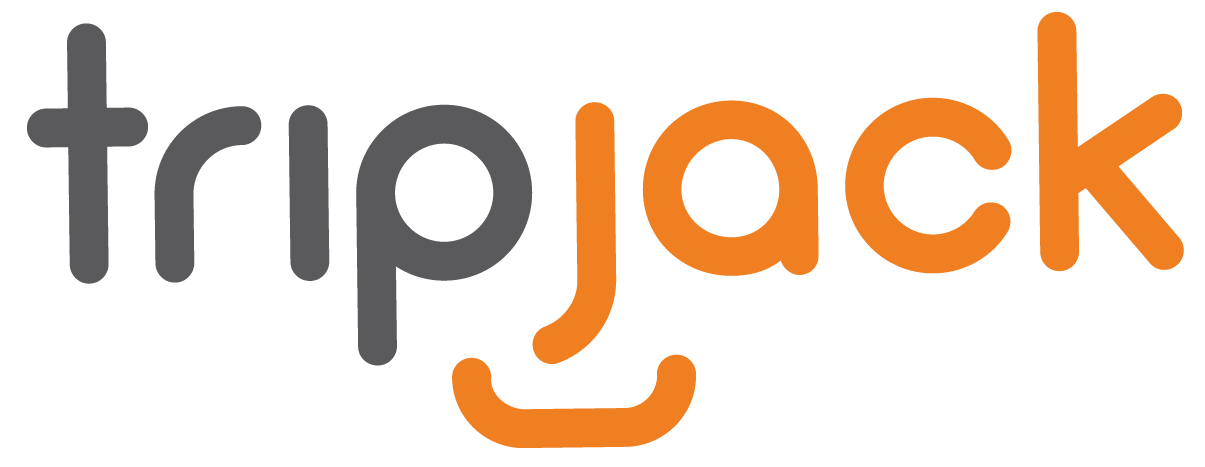Multi lingual Website Development
Developing a multi-lingual website involves creating a platform that supports multiple languages to cater to a diverse user base. Here's a general outline of the steps involved in developing a multi-lingual website:
The benefits of integrating Multi lingual Website Development
- Content Localization:
Identify the languages you want to support on your website.
Determine which content elements need to be localized, such as text, images, videos, and audio files.
Create a plan for translating and adapting the content into different languages. - Internationalization (i18n):
Design your website architecture to support multiple languages.
Implement a language-agnostic framework or library that handles language-specific functionality and content.
- Language Selection:
Provide a language selector on your website, allowing users to choose their preferred language.
Use standard language codes (e.g., ISO 639-1) for language identification.
- Translation:
Translate your website content into the supported languages.
Hire professional translators or use translation services to ensure accurate and high-quality translations.
Pay attention to nuances, cultural appropriateness, and regional variations when translating content. - User Interface Localization:
Adapt the user interface elements, such as buttons, labels, and menus, to the selected languages.
Consider the directionality (LTR or RTL) and text formatting requirements of each language.
- Dynamic Content Localization:
Implement a mechanism to dynamically load and display language-specific content.
Store translated content in a structured format, such as language-specific JSON files or a database.
- URL Structure:
Decide on the URL structure for your multi-lingual website.
Choose between subdomains (e.g., en.example.com, fr.example.com), subdirectories (e.g., example.com/en, example.com/fr), or query parameters (e.g., example.com?lang=en, example.com?lang=fr) to indicate language variations.
- SEO Considerations:
Optimize your website for search engines in each supported language.
Implement hreflang tags to indicate language and regional variations of your web pages.
Research and incorporate relevant keywords and meta tags for each language. - Testing and Quality Assurance:
Test your website thoroughly in each supported language.
Verify that translated content is accurate, properly displayed, and aligned with the original intent.
Check for any issues related to text expansion, layout, or functionality. - Ongoing Maintenance:
Regularly update and maintain translated content as your website evolves.
Stay updated with language changes, regional preferences, and cultural nuances.
Monitor user feedback and make improvements based on user experience.
Remember, the implementation details may vary depending on your specific website framework, content management system, and localization requirements. It's essential to consider cultural sensitivities, legal requirements, and accessibility guidelines while developing a multi-lingual website.
















